The Culinary Conflict Over Raisin Use: An Inter-Island Dispute.
The tiny twin-island nation of Antigua and Barbuda, nestled in the azure Caribbean Sea, finds itself embroiled in a spirited debate, not about the usual suspects of politics or sports, but about the very essence of its culinary heritage. The contentious issue revolves around the ducana, a traditional sweet potato and coconut dumpling, and the divisive presence of raisins. This seemingly trivial culinary quarrel highlights a deeper struggle to preserve cultural identity in the face of modernization and globalization. The ducana debate has been reignited by its inclusion in a national cultural inventory spearheaded by Dr. Hazra Medica, a project funded by UNESCO. This ambitious undertaking seeks to document and safeguard the nation’s rich traditions, including not just food, but also the local Creole/English dialect, herbal medicine practices, traditional games, crafts like broom-making, unique architecture, and the time-honored art of boat-building.
The urgency of this cultural preservation project stems from the growing disconnect between generations. Dr. Medica emphasizes the alarming rate at which traditions are fading as younger generations become increasingly detached from the wisdom and practices of their elders. Over 20 researchers are fanning out across the islands, meticulously collecting oral histories, photographs, and invaluable information from residents, all of which will be compiled into a publicly accessible database. This initiative aims to create a living archive, ensuring that these cultural treasures are not lost to the sands of time. The inclusion of the ducana in this inventory underscores the significance of even seemingly small culinary details in the larger narrative of cultural identity. The debate about raisins transcends mere taste preference; it represents a dialogue about authenticity and the evolution of tradition.
The local Creole/English dialect, a vibrant blend of African languages and English, is another focal point of this preservation effort. Author Joy Lawrence, a champion of this unique linguistic tapestry, has dedicated herself to documenting its nuances and advocating for its recognition. This dialect, born out of the necessity for communication among enslaved Africans from diverse linguistic backgrounds and their British colonizers, is a testament to the resilience and adaptability of language. While English remains the official language, the Creole dialect permeates everyday communication, adding a distinctive flavor to the islands’ cultural landscape. Despite facing historical prejudice and being discouraged in schools, the dialect persists, a testament to its enduring role in local identity. Lawrence stresses the importance of preserving this linguistic heritage, rich in concise expressions and colorful metaphors. She sees it not as a corruption of English, but as a vibrant expression of cultural identity.
The cultural inventory project grapples with the challenges posed by differing interpretations of tradition. Dr. Medica points to the “fungee war,” a playful but pointed disagreement about the proper ingredients for fungee, a cornmeal dish. Antiguans insist on okra, while Barbudans favor peas, highlighting the regional variations that enrich the nation’s culinary tapestry. These seemingly minor differences can sometimes create a rift between generations, as younger individuals may feel pressured to conform to a singular “correct” version of tradition. Dr. Medica believes that embracing the diversity of these interpretations is crucial for fostering a sense of ownership and continuity among younger generations.
The project also shines a light on the enduring legacy of traditional practices, as seen in the work of Novella Payne, a culinary artisan who creates teas, sauces, and seasonings. Payne learned the art of cooking from her mother and grandmother, carrying forward a lineage of culinary knowledge. While she adds her own innovative touches, she remains deeply rooted in traditional flavors, using ingredients like garlic, onion, thyme, and seasoning peppers – staples of Antiguan and Barbudan cuisine. Furthermore, Payne incorporates medicinal plants like soursop, lemongrass, noni, and moringa into her products, drawing on centuries-old knowledge of their healing properties. This connection to traditional herbal medicine underscores the holistic nature of the cultural inventory project, encompassing not just food but also the intertwined practices of health and well-being.
On the tranquil sister island of Barbuda, Dwight Benjamin, an accountant by profession, keeps the flame of traditional craftsmanship alive by meticulously crafting brooms from dried palm leaves and bay tree sticks. This skill, passed down through generations from his grandfather, represents a tangible link to the past. Benjamin notes the continued demand for these handcrafted brooms, which are prized for their durability and effectiveness, surpassing even their store-bought counterparts. He hopes to pass this legacy on to his son, ensuring the continuation of this practical yet symbolic craft. These examples, from culinary traditions to craft-making, demonstrate the project’s focus on tangible expressions of cultural heritage.
Dr. Medica emphasizes the profound significance of this project in reclaiming the narrative of Caribbean identity. She points to the historical erasure of pre-colonial history, where the story of Caribbean people was often presented as beginning with slavery, negating the rich cultural tapestry that existed before. This project serves as a powerful counter-narrative, demonstrating the resilience of African culture and its enduring influence on the islands. The way people speak, cook, and create is a testament to this vibrant heritage. This preservation effort is not merely about archiving the past; it’s about empowering a people to claim their identity and assert their place in history. The local saying, “me smaddy too” – “I am somebody too” – encapsulates the project’s core message: a powerful affirmation of self-worth and a celebration of a rich and enduring cultural heritage. The ducana debate, the nuances of the Creole dialect, the “fungee war,” the traditional crafts, and the medicinal knowledge woven into everyday practices – all contribute to the vibrant mosaic of Antiguan and Barbudan identity that this project seeks to preserve for generations to come.
Share this content:




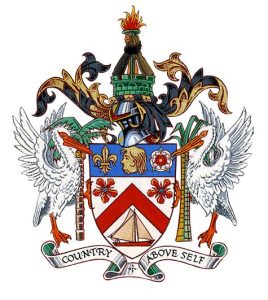
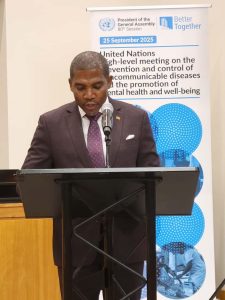

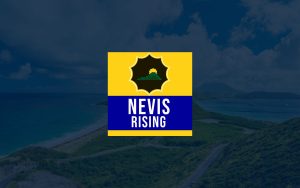
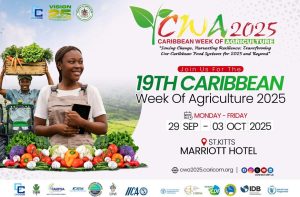

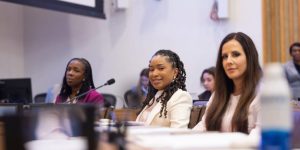
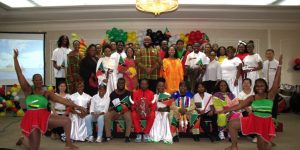
Post Comment